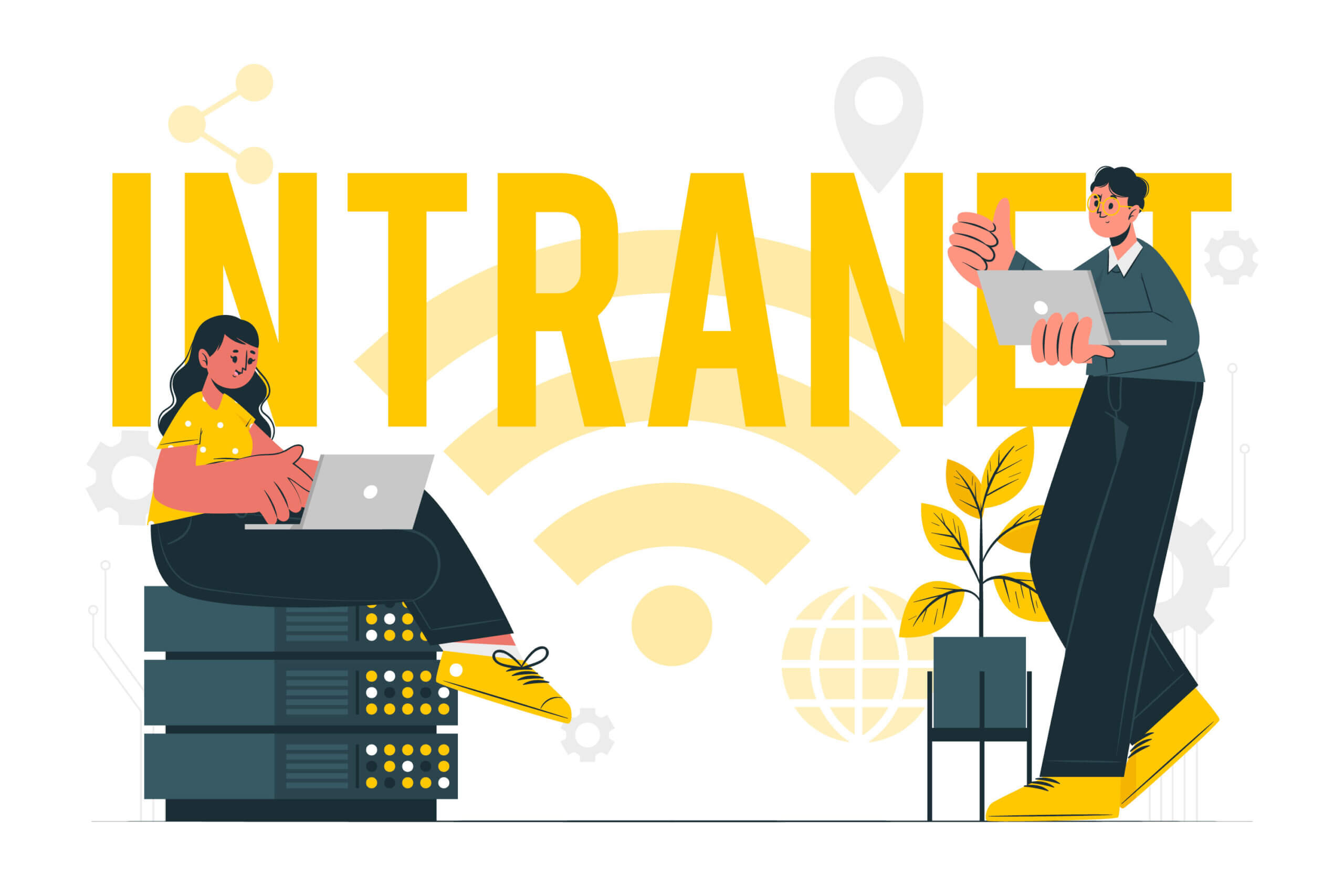World Wide Web: Building, Managing and Promoting Your Site
Assembled by Carter McNamara, MBA, PhD
(The library includes a related, comprehensive set of subtopics in All About Computers, Internet & Web.)
Suggested Previous Reading
If you don’t know anything about computers or the Internet, it may benefit you to review the following sections before reading more about the Web.
- Planning and Buying a Small Computer System (including information for nonprofits)
- Software for Small Computer Systems (including general and nonprofit-specific information)
- Learning About Small Computer Systems
- Basic, Technical Support and Maintenance of Small Computer Systems
- Computer and Network Security
- Getting Connected to the Internet
- Internet (including information for nonprofits, free ISPS, etc.)
- Intranets (Computer Networks Internal to the Organization)
Sections of This Topic Include
- Basics About the Web
- How to Build a Website: A Step by Step Guide – Sumac
- About Browsers
- Naming Your Website
- Designing and Evaluating a Website
- Designing Your Website for Any Browser
- Designing Website for Accessibility to Readers With Disabilities
- If You Hire Someone to Design Your Website
- Promoting Your Website (including using counters)
- Search Engine Optimization (SEO)
- Using Search Engines
- Nonprofits (additional information for)
- General Resources
Also consider
Related Library Topics
Basics About the Web
About Browsers
Naming Your Website
- Top 10 Mistakes Made When Choosing a Domain Name
- How to Name a Website
- Naming Your Site: No, “Bob” Isn’t a Good Name
- Small Business Domain Name
also see “Naming Your Organization, Product or Service”
Designing and Evaluating a Website
- Website Usability
- Style Guide for Web Design
- Yale Style Guide
- Information Architecture and Corporate Strategy: The Tail Wags the Dog
- Site for site builders
- Web Developers Virtual Library
- The W3C Markup Validation Service
- How to Design a Great “About Us” Page on Your Website
- How to Design a Great Press Page for Your Website
Designing Your Website for Any Browser
- Designing a Website for Any Browser
- Viewable With Any Browser: Accessible Site Design Guide
- How to Make Websites Browser Compatible
- Designing Your Website for Browser and Platform Compatibility
- Browser Shots – Cross Platform Browser Test
Designing Website for Accessibility for Readers with Disabilities
- W3C Web Content Accessibility Guidelines
- W3C Accessibility Initiative
- Evaluating Web Sites for Accessibility: Overview
If You Have Someone Design Your Website
Also consider
How to Successfully Hire and Work With an Excellent Consultant
Promoting a Website
- Promoting Your Site.com -Free information and resources to help you promote your site!
- Search engine watch
- Less Obvious Ways of Promoting Your Website
- A Selling Revolution: The Role of Salespeople in Web Marketing (Part 2)
- Study: Users Ignore Search Ads
- Back Links
Installing a Counter of the Number of Hits to Your Site
- Free Website Counter
- Creating a Counter (and links to free counters)
- The difference between a Hit, Page, and Web Counter
Also consider
- E-Commerce (doing business on the Internet / Web)
- Advertising and Promotion
- Marketing
- Selling Online
- Telecommunications Laws
Search Engine Optimization (SEO)
Recommended Articles
- Beginner’s Guide to SEO
- Search Engine Optimization: SEO Tips for Small Business
- What You Need to Know: Before Hiring a SEO Agency
Additional Articles
- Search Engine Optimization
- The Simple SEO Guide for the Small Web Business
- 21 Essential SEO Tips & Techniques
- Search Engine Optimization: SEO Tips for Small Business
- Study: Users Ignore Search Ads
- SEO Tips: How to Increase Traffic With Keywords
- Search Engine Optimization Tutorial
- What is the Google Sandbox Effect?
- Marketing: From Obscurity to First Page Google in 90 Days
- What is the Google Sandbox Effect?
- 10 Steps to Better Content Marketing & SEO
- Build Organic Traffic
- Tips on how to hire an SEO company
- Marketing & Backlinks – the Key to SEO
- How to Make Your Website “Sticky”
- Website Design and SEO
- The Importance of Local SEO
Using Search Engines
- See “Tips for Searching on the World Wide Web”
- Learn How to SEO
- How to Choose and Use Top Search Engines and Directories
- Top Ten Rules for Basic SEO
Additional Information for Nonprofits
- Coyote Communications
- Oh What a Tangled Web! – a quick overview of nonprofit use of the Web
- Non Profit Website Design: Examples and Best Practices
- Understanding Your Website from a Visitor’s Perspective
- Is Your Nonprofit’s Website “Converting”?
General Resources
Note that resources are listed throughout the above topics referenced from this page. Thanks to www.accessmagazine.com for many of the following links.
- Webmaster Resources
- Elated Web Toolbox
- Mycomputer.com
- Small Business Web site Design
- 8 Best Hosting Providers of 2012
For the Category of Information Technology:
To round out your knowledge of this Library topic, you may want to review some related topics, available from the link below. Each of the related topics includes free, online resources.
Also, scan the Recommended Books listed below. They have been selected for their relevance and highly practical nature.










